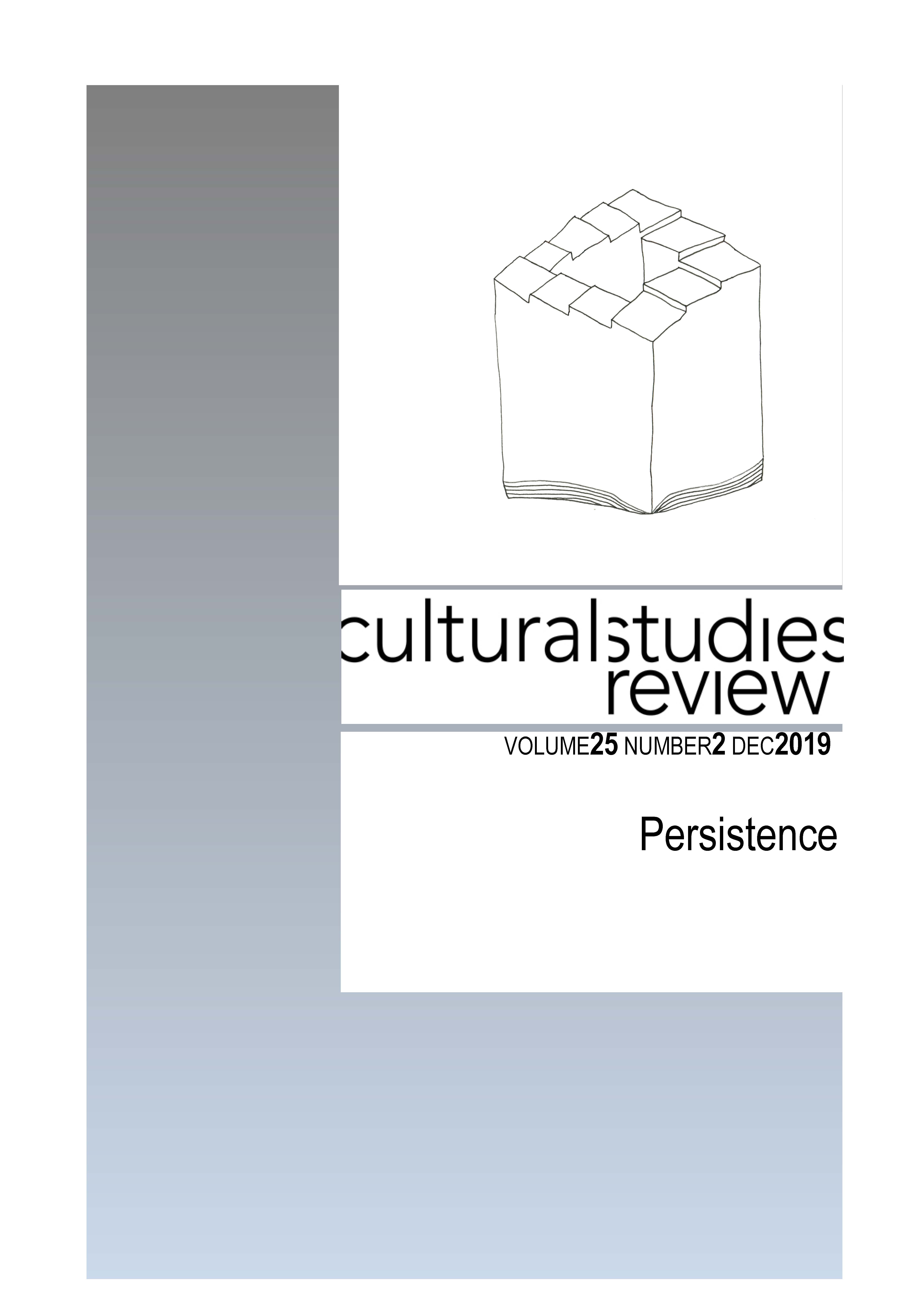Breathing in the Anthropocene: Thinking Through Scale with Containment Technologies
Main Article Content
Abstract
Thinking at the scale of the Anthropocene highlights the significant burden on all life imposed by the residues of industrialization as well as continued pollution. But it also risks a disconnect between the functioning of planetary atmospheres and the functioning of local airs. In this thought-piece, we consider together the potato chip bag, the asthma inhaler, and climate positive building design as scalar practices of Anthropocene air. By figuring Anthropocene air as an interscalar vehicle, we show connections between matter and relations that seem distant and disconnected. We do this by honing in on respiration as a transformative atmospheric process that has been designed in advanced capitalism to extend life for some, while denying life for others. We point to seconds, hours, days, weeks, and seasons to highlight how containment technologies and respiratory processes function in the Anthropocene to remake air. These technologies and practices, which all too often go unnoticed in consumption landscapes, demonstrate that despite Anthropocene air’s tendency to exceed human agency, it is liable to engineering. Doing this offers insight into where different scales of action can be mobilized.
Article Details
Section
Authors who publish with this journal agree to the following terms:
a) Authors retain copyright and grant the journal right of first publication with the work simultaneously licensed undera Creative Commons Attribution License that allows others to share and adapt the work with an acknowledgement of the work's authorship and initial publication in this journal.
b) Authors are able to enter into separate, additional contractual arrangements for the non-exclusive distribution of the journal's published version of the work (e.g., post it to an institutional repository or publish it in a book), with an acknowledgement of its initial publication in this journal.
c) Authors are permitted and encouraged to post their work online (e.g., in institutional repositories or on their website) prior to and during the submission process, as it can lead to productive exchanges, as well as earlier and greater citation of published work (See The Open Access Citation Advantage Service). Where authors include such a work in an institutional repository or on their website (ie. a copy of a work which has been published in a UTS ePRESS journal, or a pre-print or post-print version of that work), we request that they include a statement that acknowledges the UTS ePRESS publication including the name of the journal, the volume number and a web-link to the journal item.
d) Authors should be aware that the Creative Commons Attribution (CC-BY) License permits readers to share (copy and redistribute the work in any medium or format) and adapt (remix, transform, and build upon the work) for any purpose, even commercially, provided they also give appropriate credit to the work, provide a link to the license, and indicate if changes were made. They may do these things in any reasonable manner, but not in any way that suggests you or your publisher endorses their use.
